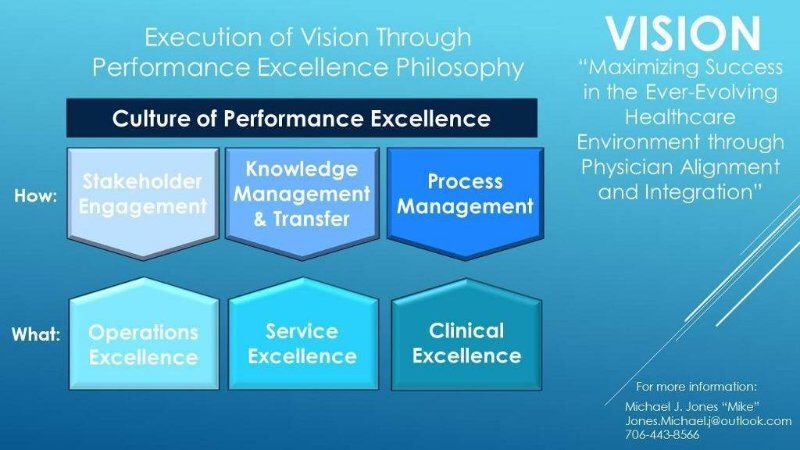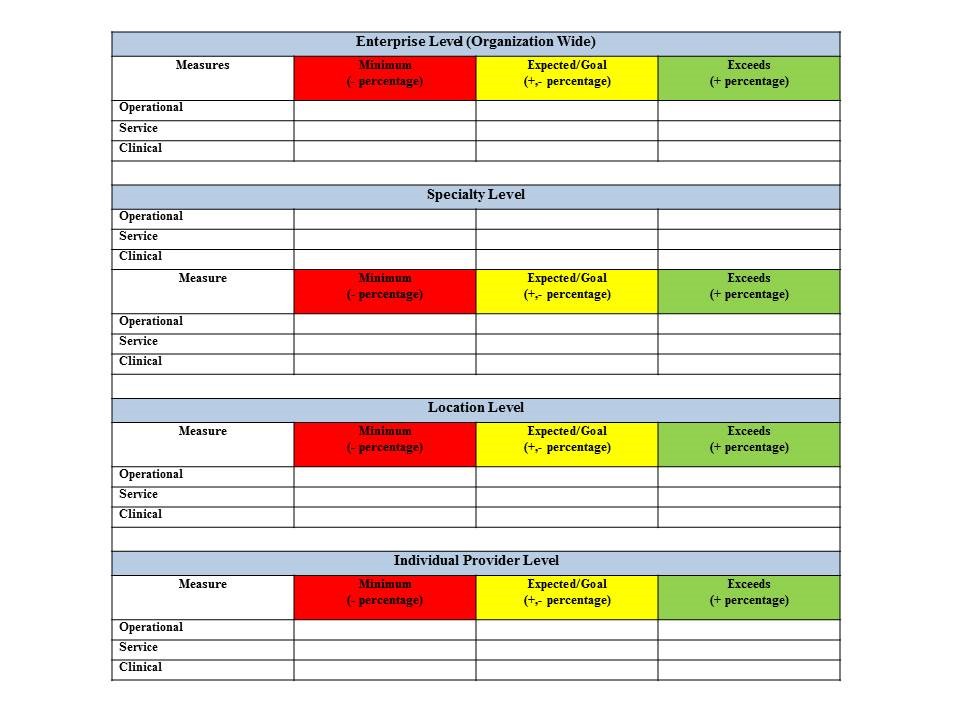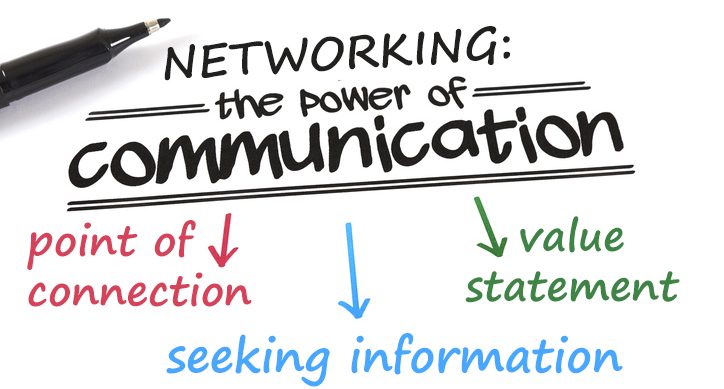

The Internet has changed the game for job seekers. The paper resume has been swapped out for a LinkedIn profile. Face-to-face meetings have been replaced with Facetime. Your local word-of-mouth reputation is small potatoes next to someone with a well-developed online presence. When it comes to the Internet, you are who Google says you are.
Fact: 92 percent of recruiters “Google” potential candidates according to a social recruiting survey. LinkedIn is the clear favorite, with 94 percent of recruiters searching it to find top talent. Potential employers also look at Facebook, Twitter, Google+ and really anything that search engines render when your name is entered.
Can you take control of your online reputation?
Be Informed. Monitor your personal brand. The first step in protecting and building your online brand is by knowing what is being said or has already been said. It’s impossible to control everything that is written about you, but even though you can’t always control what is published, you can at least know and respond to it.
Monitoring your personal brand is a two-step process. First, you figure out what is being communicated around your personal brand currently. Second, create a positive plan to improve it, build upon it.
Easy ways to monitor your reputation online:
- Google Yourself – do this at least once a month. Look for your name not only in the search results, but also the image search, news search, and video search.
- Create Google News Alerts containing your name. You can find this screen under google alerts. Note: you will have to establish a Gmail address.
How to repair and build your online reputation:
You’ve Googled yourself and found that there is at least one article that really gets in your craw. Perhaps it’s misleading, a lie, or just not flattering, and it is published on a website you have absolutely no control over. You want to wave your magic wand and just make it disappear. What can be done?
1) Get legal involved. You may have a case if:
- Defamation has occurred. For instance, someone has published a false statement that is damaging to the company or person.
- Google will remove links from search results when presented with a court order, even though they’re not legally required to do so. (Internet publishers of third-party materials may not be required to remove links, unlike offline publishers.)
- Legal action will come at a high price, on average $5,000-$10,000 per article and may not work.
2) Create and publish online through news publications and social media platforms such as LinkedIn. This is the most effective way to rid yourself of unwanted search results over time. How it works: Say you have a negative news article you want to push off the front page of the Google search results. The more content you publish with your name mentioned the more likely positive search results will be rendered when your name is searched. It should be noted that it takes time to push negative articles down the list and off the first page of results. This is due to a number of complicated algorithm factors, all dependent on Google’s rules surrounding credible content. For example, it will be much easier to bury an article posted by a local or regional paper than it would an article or video posted on CNN. Reason being is that the more credible or popular the site is, the more weight Google gives it. So your goal should be to match or overtake the negative article with your original content published on equally credible sites.
Key Take-Aways
- Always be aware of what is being said about you online. If nothing is being said, you are uniquely positioned to create a positive online reputation by populating the Internet with content and online profiles where you are in full control of the message.
- If you do have a negative online reputation, it’s never too late to start the repair process. Ignoring it won’t make those links disappear and the problem will still exist five years from now. Better to take the time now to start rebuilding your presence online.


 Click
Click 


















